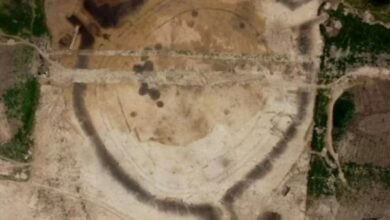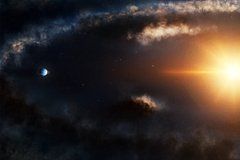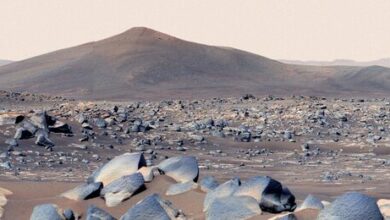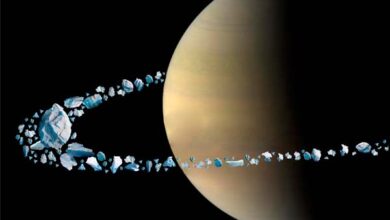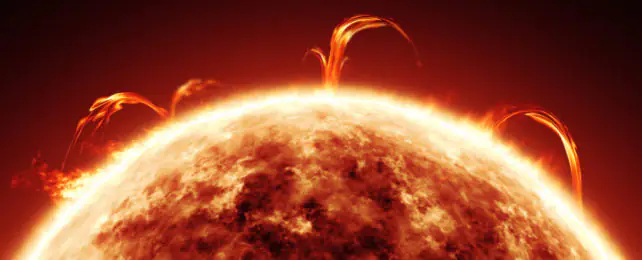
Scientists have achieved self-sustaining Nuclear Fusion… but now they can’t replicate it
(ORDO NEWS) — Scientists confirmed that last year, for the first time in a lab, they achieved a fusion reaction that reproduces itself (rather than fizzling out), bringing us closer to replicating the nuclear reaction that powers the Sun.
However, they are not quite sure how to recreate the experiment.
Nuclear fusion occurs when two atoms combine to create a heavier atom, releasing a huge burst of energy in the process.
This process occurs frequently in nature, but is very difficult to replicate in the lab because it requires a high-energy environment to sustain the reaction.
The sun generates energy through nuclear fusion – by pushing hydrogen atoms together to create helium.
Supernovae - exploding suns - also use nuclear fusion for their cosmic fireworks. The strength of these reactions creates heavier molecules such as iron.
However, under artificial conditions here on Earth, heat and energy tend to escape through cooling mechanisms such as X-rays and conduction.
To make fusion a viable energy source for humans, scientists first need to achieve something called “ignition,” where the self-heating mechanisms compensate for any energy loss.
Once ignition is achieved, the fusion reaction fuels itself.
In 1955, physicist John Lawson created a set of criteria now known as “Lawson-like ignition criteria” to help determine when this ignition occurred.
The ignition of nuclear reactions usually occurs in extremely intense environments such as supernovae or nuclear weapons.
Researchers at the National Ignition Center at Lawrence Livermore National Laboratory in California have spent more than a decade perfecting their technique and have confirmed that a landmark experiment conducted on August 8, 2021 did in fact occur for the first ever successful ignition of a nuclear fusion reaction.
In a recent analysis, the 2021 experiment was evaluated against nine different versions of the Lawson test.
“This is the first time we’ve overcome the Lawson criterion in the lab,” nuclear physicist Annie Kreacher of the National Ignition Facility told New Scientist .
To achieve this, the team placed a tritium and deuterium fuel capsule in the center of a gold-lined depleted uranium chamber and fired 192 high-energy lasers into it to create a bath of intense X-rays.
the intense environment created by the inwardly directed shock waves created a self-sustaining fusion reaction.
Under these conditions, hydrogen atoms were fused, releasing 1.3 megajoules of energy in 100 trillionths of a second, which is 10 quadrillion watts. power.
Over the past year, researchers have attempted to replicate the result in four similar experiments, but have only been able to produce half the energy yield obtained in the record-breaking initial experiment.
Ignition is very sensitive to small subtle changes, such as differences in the structure of each capsule and intensity Kritcher explains what lasers are.
“Starting from a microscopically worse starting point results in a much larger difference in the final energy output,” says plasma physicist Jeremy Chittenden of Imperial College London. “The August 8 experiment was the optimal scenario.”
The team now wants to determine exactly what is required to achieve ignition and how to make the experiment more robust to small errors. Without this knowledge, the process cannot be scaled up to create fusion reactors that could power cities, which is the ultimate goal of this kind of research.
“You don’t want to be in a situation where you have to do absolutely everything right to get a fire,” says Chittenden.
—
Online:
Contact us: [email protected]
Our Standards, Terms of Use: Standard Terms And Conditions.




